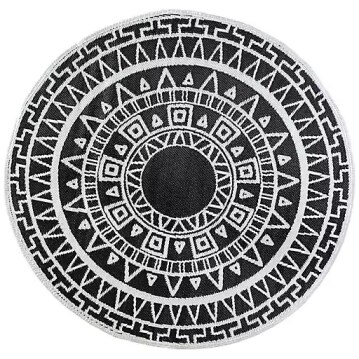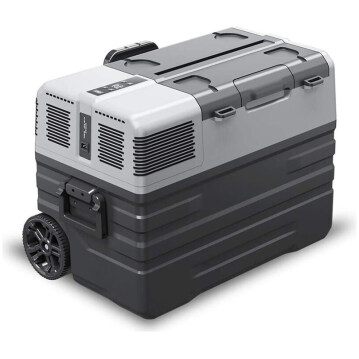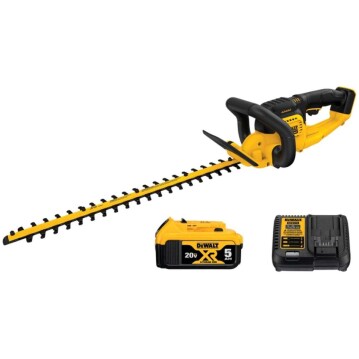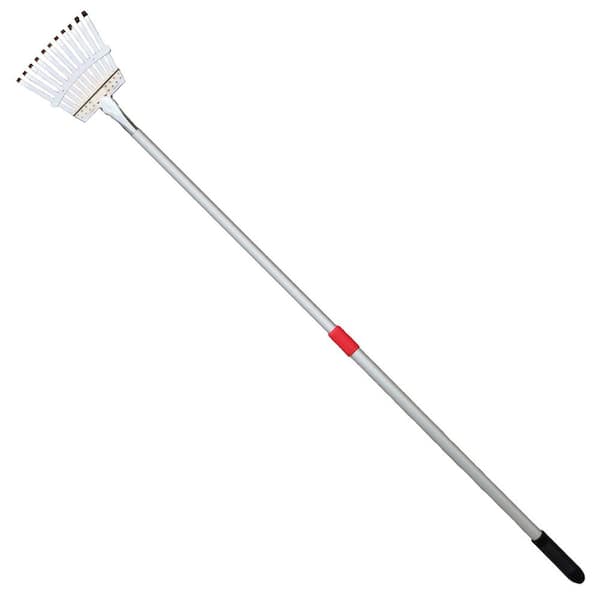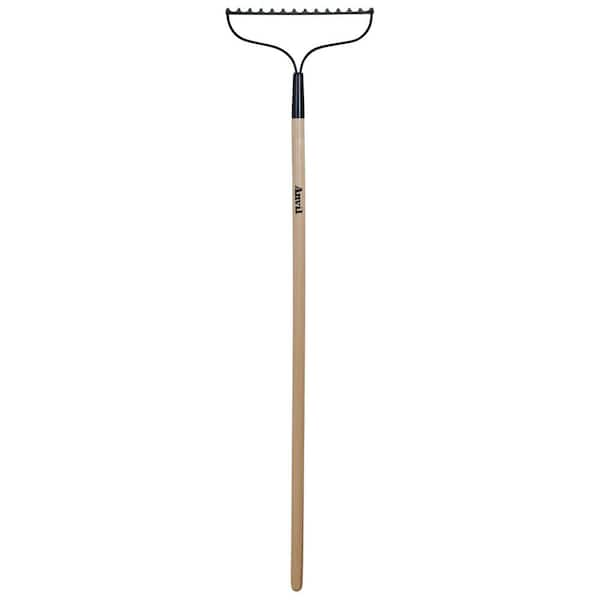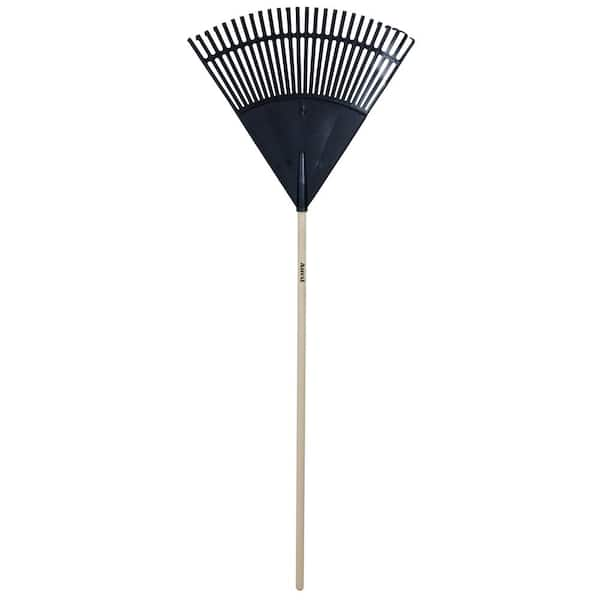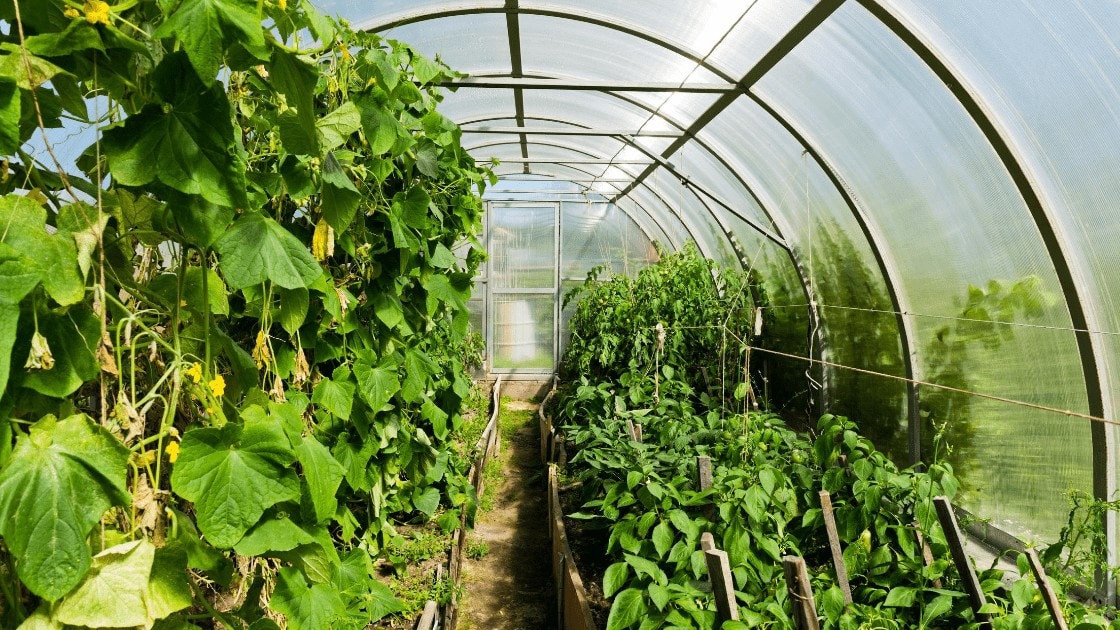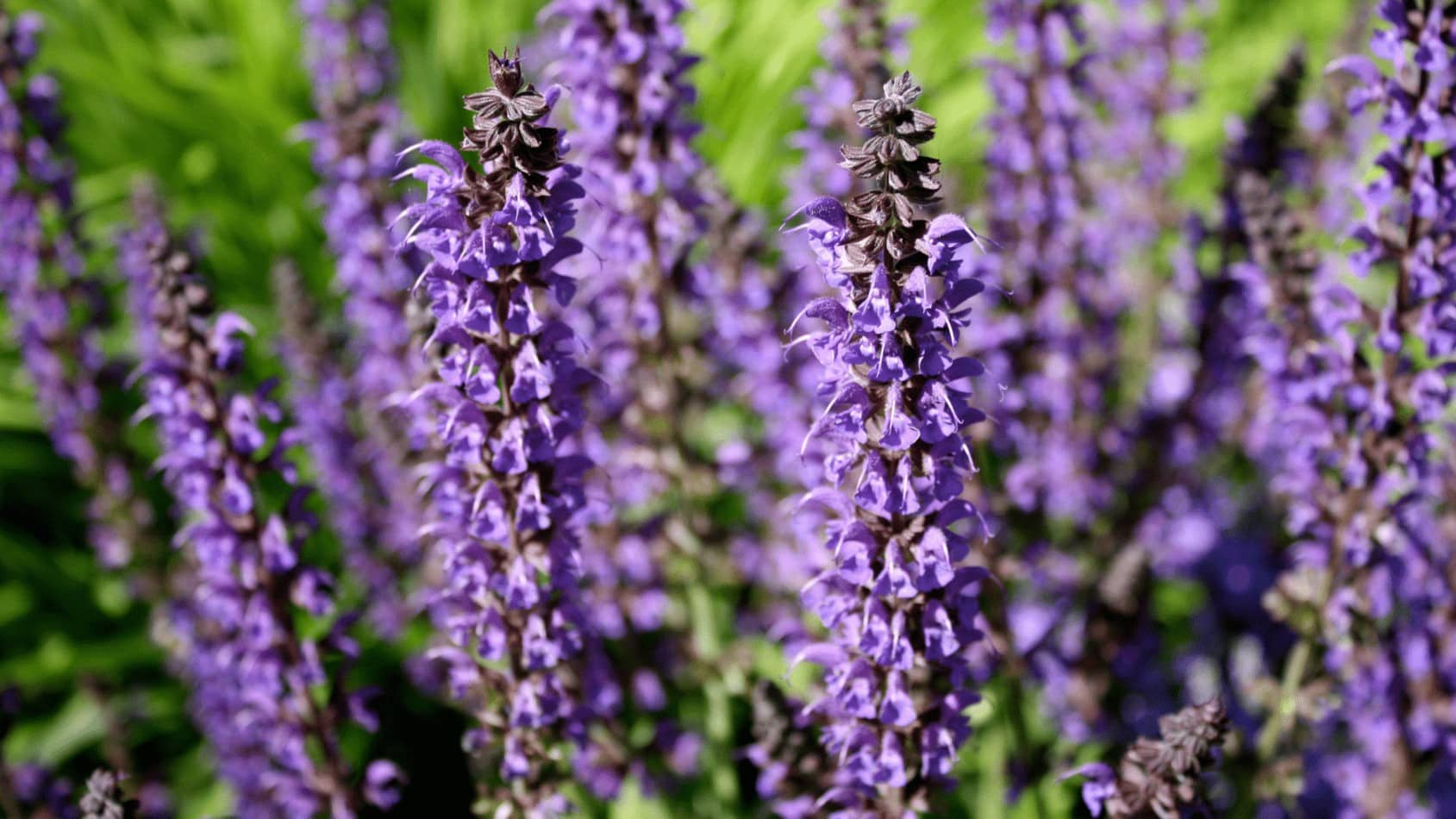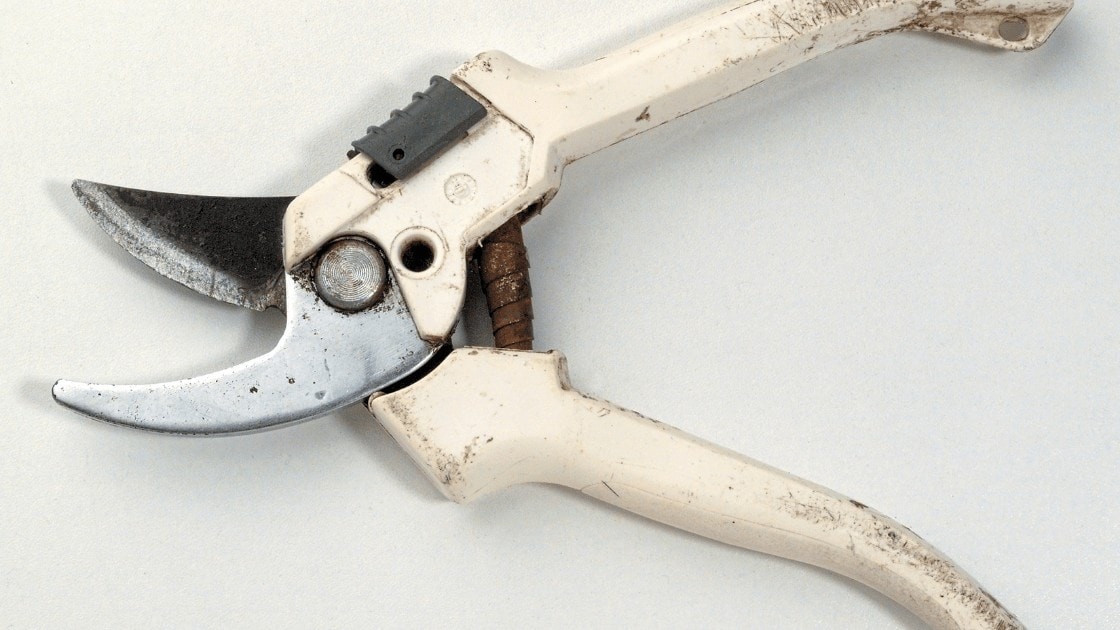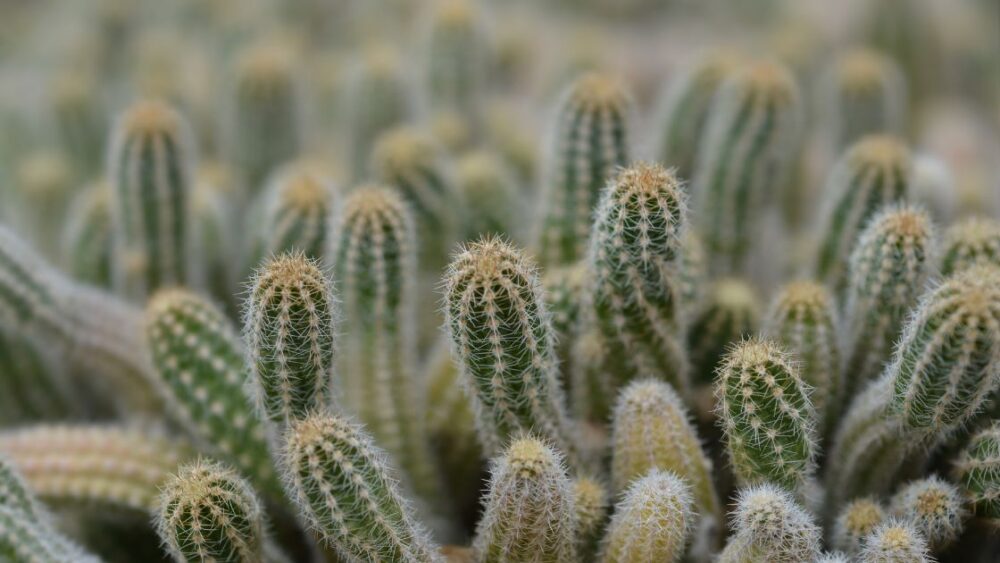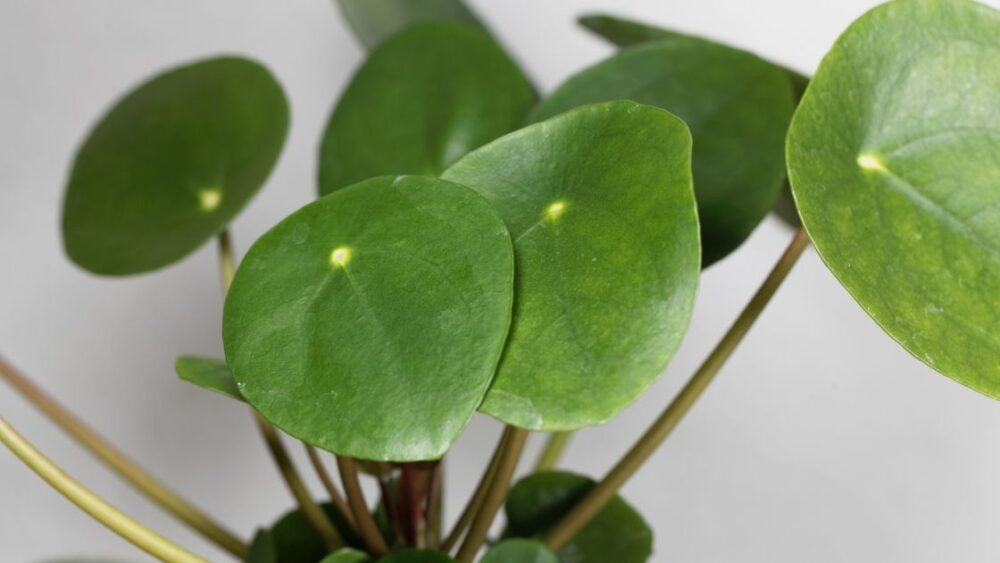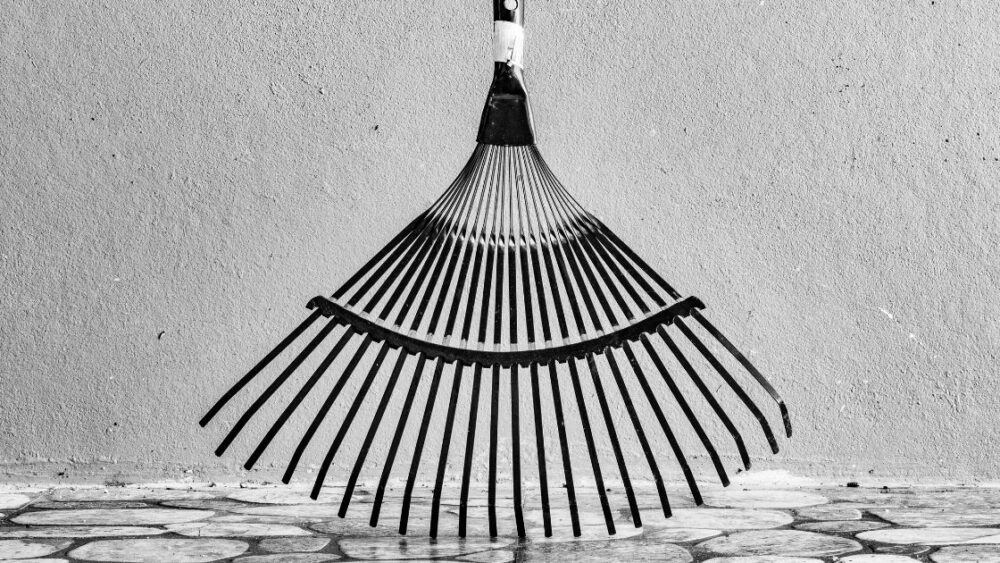
Tines are the finger like part at the end of the rack handle which are used to remove debris on the surface level. Tines act like a comb brushing (raking) lawns and other hardscape areas for maintenance and upkeep. Depending on the type of rake you purchase, they commonly come in either plastic or aluminum, and have tines that have different spacing and rigidness for light to medium jobs. In this article we will discuss the function of rake tines and which to consider. If this interest you, read on.
What are Rake Tines?
Rake tines are the plastic or metal materials at any rake’s end that is permanently attached to the holding stick. A rake is the combination of rod/stick and rake tines. In short, a garden rake is incomplete without the rake tines. The rod/stick allows you to hold the rake while you use it, while the rake tines sweep the dirt and debris from your garden. As simple as it may seem, there are a variety of different rakes and each one serves a different purpose.
For more information on other tools if your just starting out check out this article. What Tools Should a Beginner Gardener Have?
Browse our Affiliate Products
Also to check out our affiliate category of rake products, click here. Rake Category
Different Types of Rake Tines and Their Uses
As you will see, some rakes are designed for soil improvement (especially to improve garden soil quality) while other rakes are designed for sweeping specks of dirt. Depending on what your trying to achieve, knowing the difference between a leaf and landscape rake can make a huge impact.
Garden Rake

A garden rake has a straight & long handle (which could be metal or stick). The rake tines are always at a right angle to the handle. Since the handle is straight, it is easy to detect the angle of the rake tines (if you make the rake tines your point of reference). Garden rakes are popular because of the rake tines. For example, a typical garden rake has metal rake tines with a fairly standard design (and maximized spacing). The spacing and metallic materials (constituting the rake tines) make it easy to tackle different jobs.
Uses of a garden rake:
- Leveling materials such as soil, mulch, or leaves
- breaking soul compacts
- Turning soil
- Removing weeds
- Spreading ground covering
- Removing pond/lake weeds
Typical Dimensions:
- Handle Length: Between 50 and 60 inches
- Rake Width: Between 13 and 16 inches
Landscape Rake
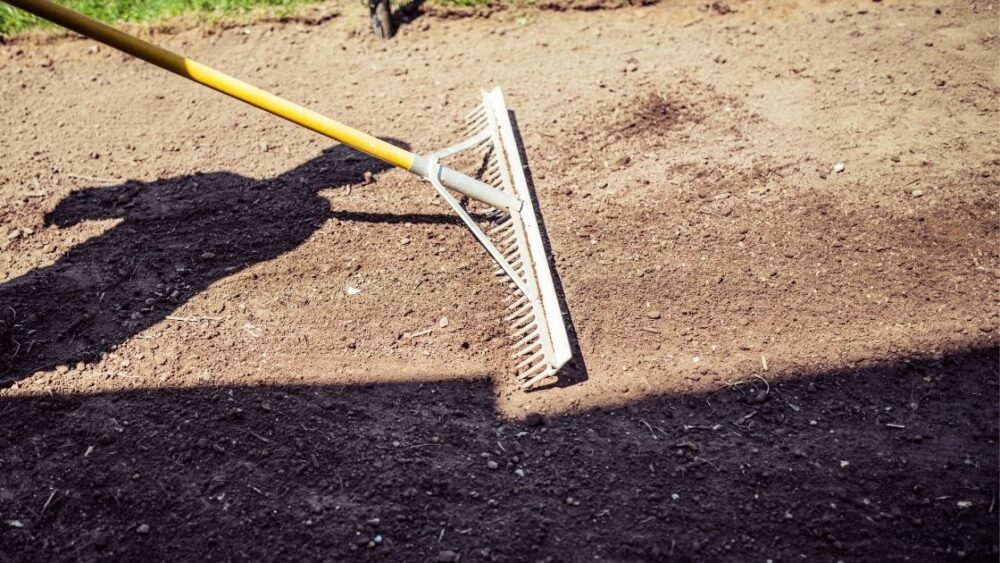
The landscape rake has a straight & long handle but with tiny rake tines. Unlike a garden rake, the landscape rake is majorly used for commercial purposes. A landscape rake is not as versatile as a garden rake, but it speeds up the working rakes faster than a garden rake. The rake tines are tiny, making them suitable for large jobs. The landscape rake tines are characterized by having a strong metallic head multiple times and could stand up to many hours of sturdy use.
Uses of a landscape rake:
- Soil preparation
- Soil leveling
- Soil grading
- Debris removal
- Weeding
Typical Dimensions
- Handle Length: Between 60 and 70 inches
- Rake width: 30 and 40 inches
Thatch Rake
Thatch rake is specific in function – it is used to remove thatch build-ups on a lawn or other places. Thatch has a wide spacing necessary to remove only thatch leaving behind healthy grasses. The tines designed on a thatch rake may be one or two sides. The more the tines, the faster you clean up your lawns and free them from thatch. Thatch rake is effective in cleaning thatch because it is strong and sharp. Thatch is organic build-ups (which are relatively strong). The thatch must be sharp enough to cut the organic build-ups and strong enough to draw them.
Thatch rake uses:
- Clear lawns
- Remove thatch
- Basically, for all thatching
Typical Dimensions:
- Handle Length: Between 50 and 70 inches
- Rake Width: Between 14 and 17 inches
Leaf Rake
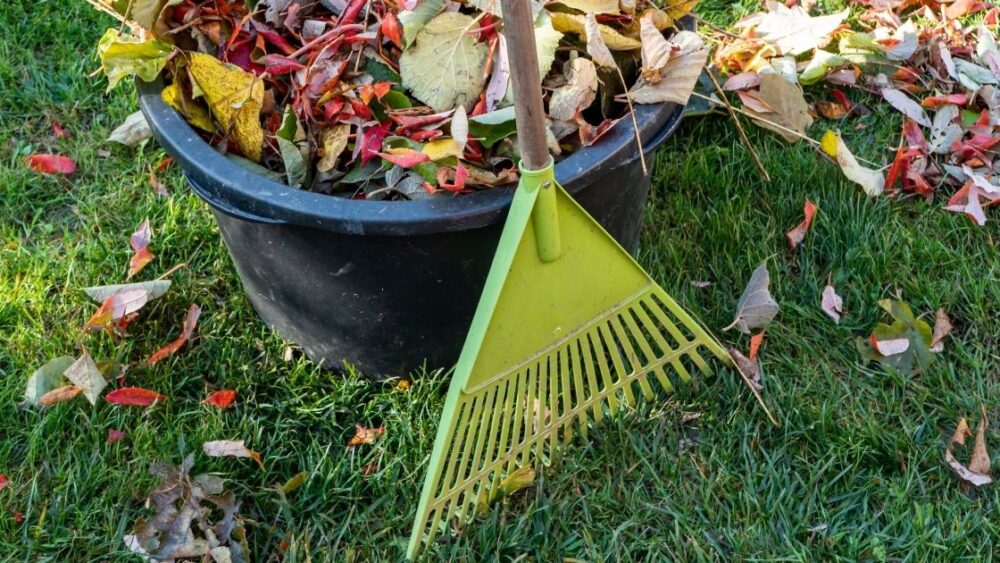
Leaf rakes are formed equivalent to grass rakes, with a long fan molded set of tines. The key contrast is that rakes intended to rake fallen leaves will be produced using plastic, not metal like yard rakes. Regardless of being plastic, these rakes will be less adaptable than grass rakes and subsequently more qualified to move light materials. Leaf rakes are fundamental to own, assuming you have trees around your yard or property. Fallen leaves look muddled and can likewise create issues on the grass or lawn. If you have more healthy grass around your yards (which you want to protect), you may prepare a thatch to a leaf rake.
Leaf rake uses:
- Clearing leaves
- Tidy works
- Clean yards
Typical Dimensions:
- Handle Length: Between 45 and 60 inches
- Rake Width: Between 8 and 30 inches
Shrub Rake
A shrub rake is of a comparative plan to a leaf rake, yet the tines are shorter, with fewer of them. The head is small because the tines are fewer. This implies that this rake can get into more modest spaces where a leaf rake is too wide. It is great for raking out debris from close by walls or between and under bushes. A shrub rake can be produced using metal or plastic.
Shrub rake uses:
- Suitable for cleaning up close areas in a short space of time.
Typical Dimensions:
- Handle Length: Between 40 and 60 inches
- Rake Width: Between 7 and 10 inches
Why do Rake Tines Have Different Spacing?
The rake tines spacing determines the function of the rake tines. There are many rake tines because of tines spacing and type of material.
For example, a garden rake has more spacious tines than a shrub rake. The implication is that a garden rake is hard enough to be used on compact soil (because of the big and spaced tines), while a shrub rake effectively cleans tiny spaces across your yard (because of the small and short tines).
You should check the “type of tines’ ‘ when selecting a rake tines. You can only access the “type of rake” you should buy by checking the tines, materials, size, and space. If you need a rake for heavy-duty work (for example, breaking soil compact), you should go for a rake with large and spaced tines.
What are the Differences Between Metal and Plastic Rake Tines?
Price
For obvious reasons, metal tines are quite more expensive than plastic tines. The price does not always determine your choice. Ensure the rake you end up buying is the best for your jobs. For example, plastic rake tines may be the best you should buy if you will use the rake in areas filled with water rather than dry soil.
Weight
Metallic rake tines are heavier than plastic rake tines. You must consider the weight first before you buy. For example, if you would purchase a rake for your seniors that love gardening – you may choose lightweight plastic rake tines rather than heavy metal.
There are not many differences between metal and plastic rake tines. The main thing you should consider is sustainability and longevity. Although metal rake tines beat plastic rake tines in some areas, plastic rake tines have more benefits than metal ones. Ensure you verify what you need before you buy.
Final Thoughts
Many benefits are attributed to rakes, and all of these benefits depend on the rake tines. Before you buy a rake, ensure your needs are in line with the choice of rake. This is crucial for excellent “value-for-money.”
